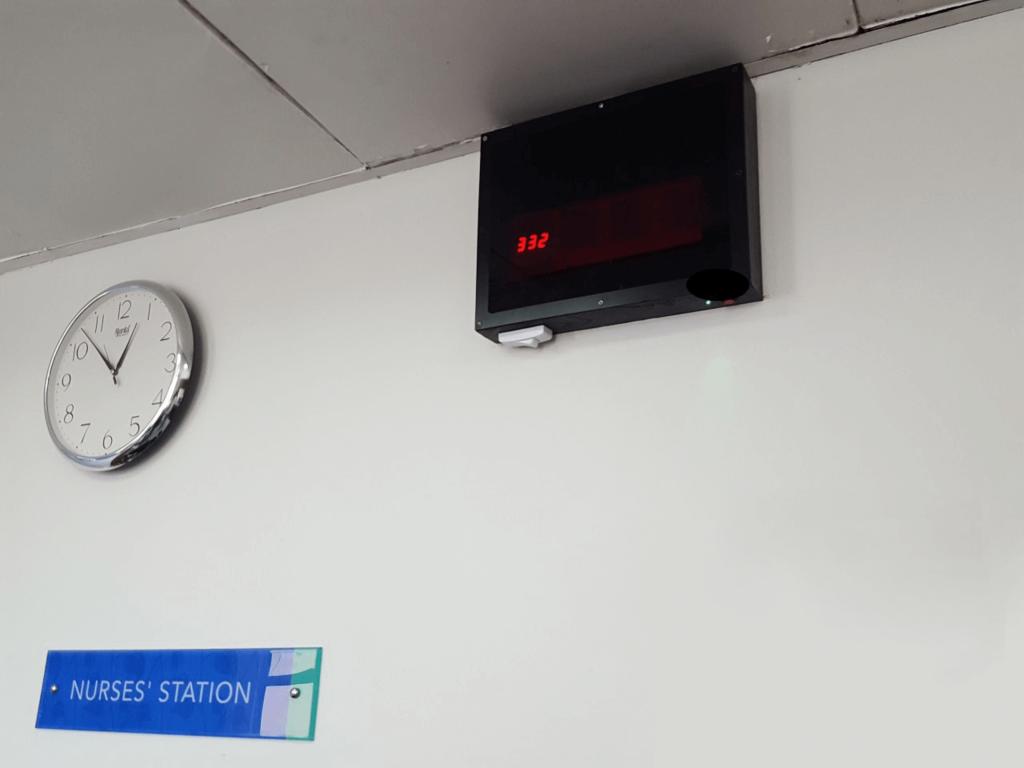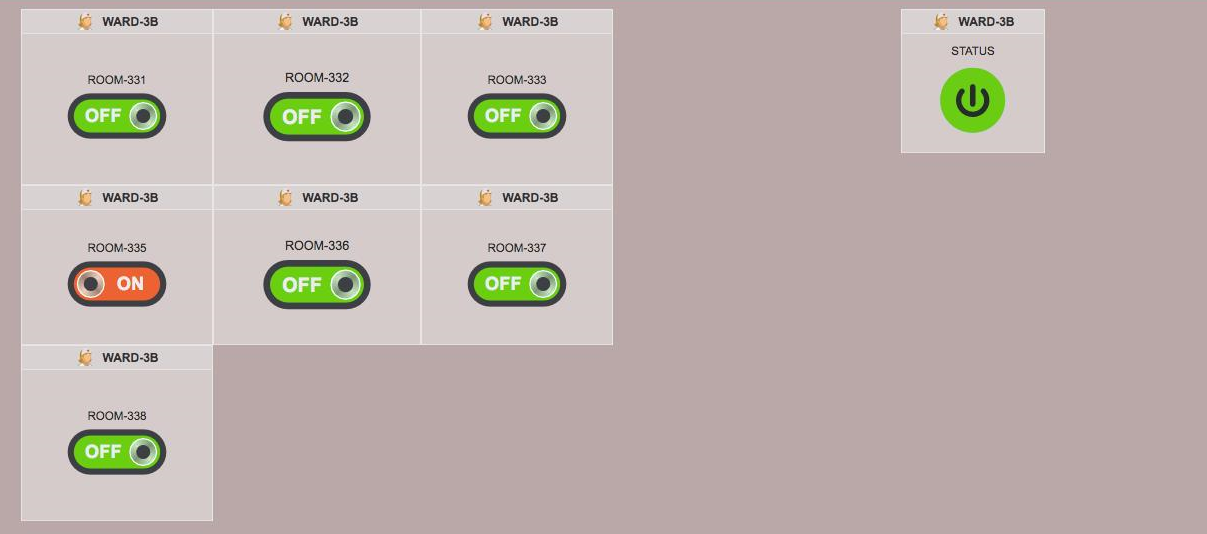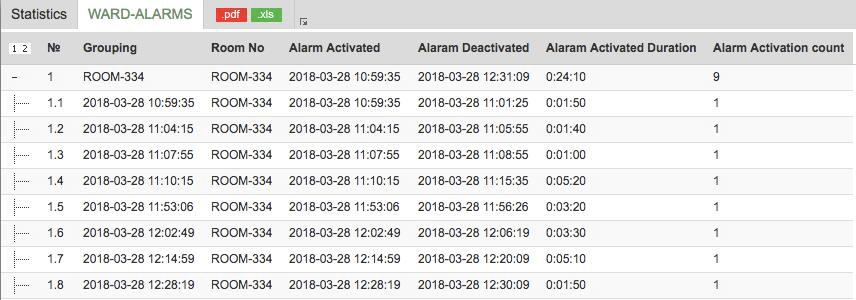According to ASC COMMUNICATIONS, nurse response time may vary from 1.2 minutes in case of lethal arrhythmia alarm to 11.1 minutes for general pediatrics patients. As you see, sometimes a minute can save a life. This article describes how modern technologies help to count every minute and improve medical staff response time. As exemplified by the nurse response system in Colombo.
The challenge
A private hospital with over 300 patient rooms introduces technologies into every aspect of its operations.
- Laboratory samples transport: the hospital control 100+ delivery vehicles through the fleet management system.
- Warehouses for pharmaceuticals: temperature and humidity sensors for storage environment monitoring now work in all warehouses.
Medical staff operations were the next thing to optimize, and the hospital requested a solution to control nurses’ response time.
What does that mean?
Imagine, a patient feels unwell. Whether medical equipment detects it or the man himself, the nurse should know about it at once. In most cases, the patient pushes a button near the bed and waits. Nurse response is a part of the hospital’s services – the standards are high, and delays are unacceptable. If there’s a complaint, the hospital should have an actual response time as proof – to protect or penalize nurses. The hospital’s reputation was at stake.
The solution
KLOUDIP designed a nurse response system based on its IoT platform and telematics hardware. Moreover, the service provider preserved the equipment already installed in the clinic.

Hardware part
There’s a panic button connected to the main LED panel in the nurses’ office near each bed. It shows the ward number where a patient needs assistance. As the nurse visits the patient, she can turn off the alarm. The time between panic button activation and the nurse turning it off is considered a response time.
KLOUDIP connected a panic button and an LED panel to the IoT HUB. The HUB receives data on nurse activities and sends it to the telematics software. The main challenge for KLOUDIP was the integration of the old “panic button+LED panel” system with the modern IoT HUB. We won’t describe technical details in the article, as every other case is individual. But if you are interested in technology, we’ll consult you on how to make it happen. Now, let’s see how it looks in the software.
Software part
KLOUDIP developed KLOUD-Attendant – a special interface to display panic button statuses in all rooms in the hospital. The number of rooms displayed on a single desktop is unlimited – nurses see the full picture. Earlier, on the LED panel, they saw only one room at a time.

In the background, the system collects data on panic button activations and nurse activities, automatically generates reports, and sends them to managers daily at 8.30 a.m. KLOUD-Attendant allows users to continually control response time violations and analyze request patterns for each patient room to re-distribute nurses’ workload.

All the data is stored in the system for 400 days and can be retrieved anytime.
The results
The service level increased dramatically. Nurses (being controlled) attend to patients faster. Plus, hospital staff focus on patient care, rather than arguing about response time. KLOUD-Assistant provides objective data to resolve any dispute concerning patients’ service level fast.
The response time improved. Hospital staff doesn’t have to be in the nurses’ office to see patients’ requests. KLOUD-Attendant informs them through a smartphone or laptop for instant reaction.
The workload is distributed properly. The hospital can redistribute nurses between patients according to request patterns to keep their workload balanced.
“We feel proud and happy about providing this kind of “IoT nature” solutions using KLOUDSKY, besides we like to try new things”
Yasintha Vithanage, KLOUDIP Chief Technology Officer.
The solution is scalable to other domains. Where there’s a request – maintenance, assistance, security issues – KLOUD-Attendant will help to enhance service levels. Contact us – we’ll share our knowledge on its implementation.




